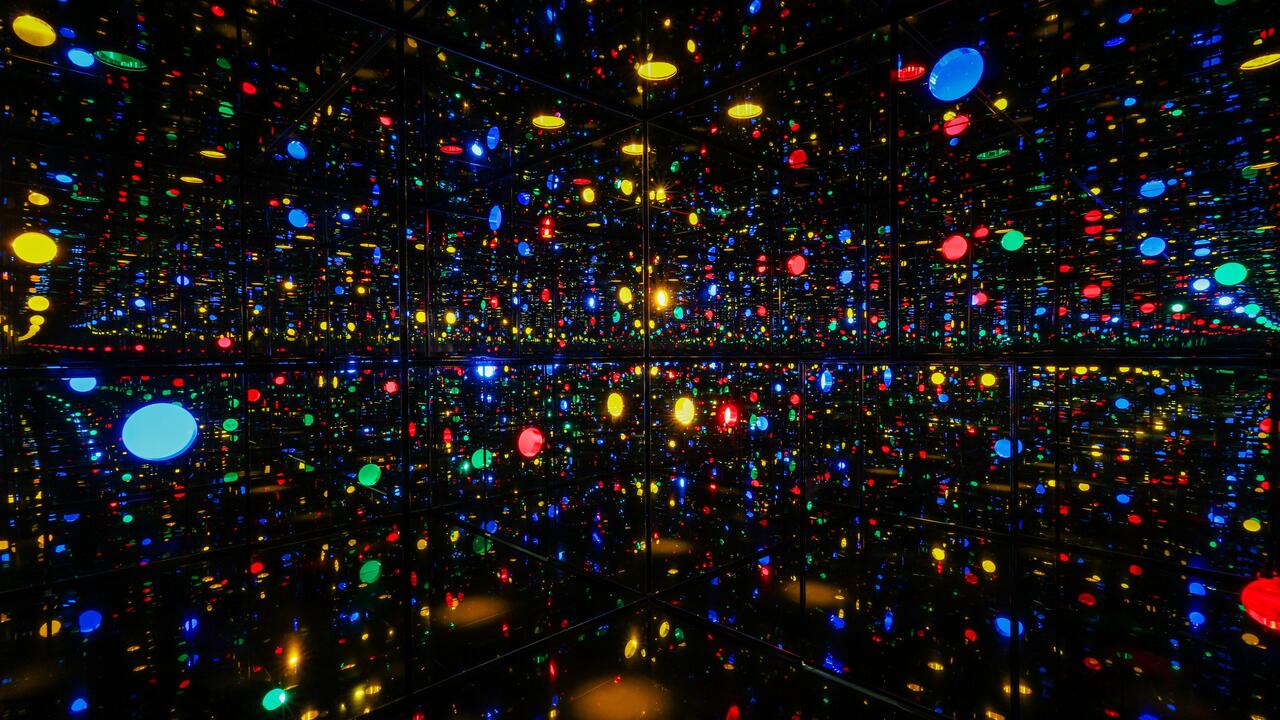Rabih Mroué
Iniva
Iniva

The multi-hyphenate enigma, actor, director, playwright and artist Rabih Mroué’s first major solo exhibition at a UK institution was an acutely political affair. Produced by the Institute of International Visual Arts (Iniva), the show began with an intervention into the exhibition’s original title: in light of the uprisings across the Arab world, the artist struck through ‘I, the Undersigned’ and appended it with another just before the opening. The new title, ‘The People Are Demanding’ (or ‘Al Shaab Yoreed’), is a popular slogan adopted by revolutionary movements across the Arab world. Mroué’s move manifested itself with an accompanying new commission, in which the exhibition title was followed by a lengthy list of demands printed across Iniva’s glass facade – ‘to pitch’ ‘to bitch’, ‘to prostitute’, ‘to piss’, to shit’, and so on.
Mroué hails from a vanguard of Lebanese artists – which includes Walid Raad, Akram Zaatari, Joana Hadjithomas and Khalil Joreige – who address the amnesia that has befallen the Lebanese people in the two decades since the end of the civil war. Buoyed by equal doses of mischievous and lacerating humour, Mroué, like many of his contemporaries, has used fictive intercessions to animate hidden histories. However, the artist’s impromptu interference at Iniva complicated the exhibition’s original incarnation from last year at Basis voor Actuele Kunst, Utrecht (curated by Cosmin Costinaş). The overtly political connotations of this new commission overrode some of the more subtle qualities in Mroué’s work.
After the initially misleading angst, the viewer was privy to the poignant installation Je Veux Voir (I Want to See, 2010). One of the highlights from this survey, the work played with audience expectation, constructing a fragmented narrative, which encouraged the viewer to piece together a subjective view of Lebanon’s contested political history. The title is the same as Hadjithomas and Joreige’s 2008 feature film, in which Mroué co-starred with Catherine Deneuve, a semi-fictionalized account that saw Deneuve playing herself during a trip to a Beirut film festival. During her sojourn, she asks to see the site of physical desolation, in the aftermath of the 2007 Israeli attack on South Lebanon. Mroué (also playing himself) accompanies the screen icon in what we are lead to believe is his first visit back to his native village. The installation at Iniva consisted of a large panoramic billboard that collated images of the village; anchored by bags of sand, each side of the freestanding structure was also accompanied by a single-channel video. On one side was a looped clip, from Hadjithomas and Joreige’s film, in which Deneuve calls out for Mroué whilst lost among the village rubble; on the other, was a transfixing video in which we find mysterious code numbers emblazoned on ruined concrete buildings, creating a sense that military control consistently looms in this contested territory.
Mroué oscillates between different modes of address, but at the heart of everything he aims to find a means to forget. His memorial reconstructions are exhausting exorcisms of an untrodden past. This is evident in Grandfather, Father and Son (2010), which brings together materials from the library of Mroué’s grandfather, a religious scholar turned Communist author, who was assassinated in 1987. The artist painstakingly reconstructed the library using detailed index cards, arranged in the same manner of the books in the original library. These were presented alongside artefacts, such as a premonition-rich short story by the artist, newspapers clippings and an unpublished mathematical treatise. Grandfather, Father and Son weaves a complex web that unravels a family’s unorthodox intellectual development, in a society whose response to dissident thought is met with hastily placed political (re)action.
A single artist cannot give voice to the political turmoil of the Arab world, nor indeed, can he do so for his own nation, whatever size it may be. Yet as Mroué asserted in the wall panels beside his disembodied art work, I, The Undersigned (2007) – a two-channel video that he calculatedly removed before the exhibition opened – an artist can certainly align himself with his people. Mroué’s personal experiences serve as a lens by which we can witness political struggle, and they remind us that trauma is a subjective facet of humanity, which is all too difficult to forget.
























